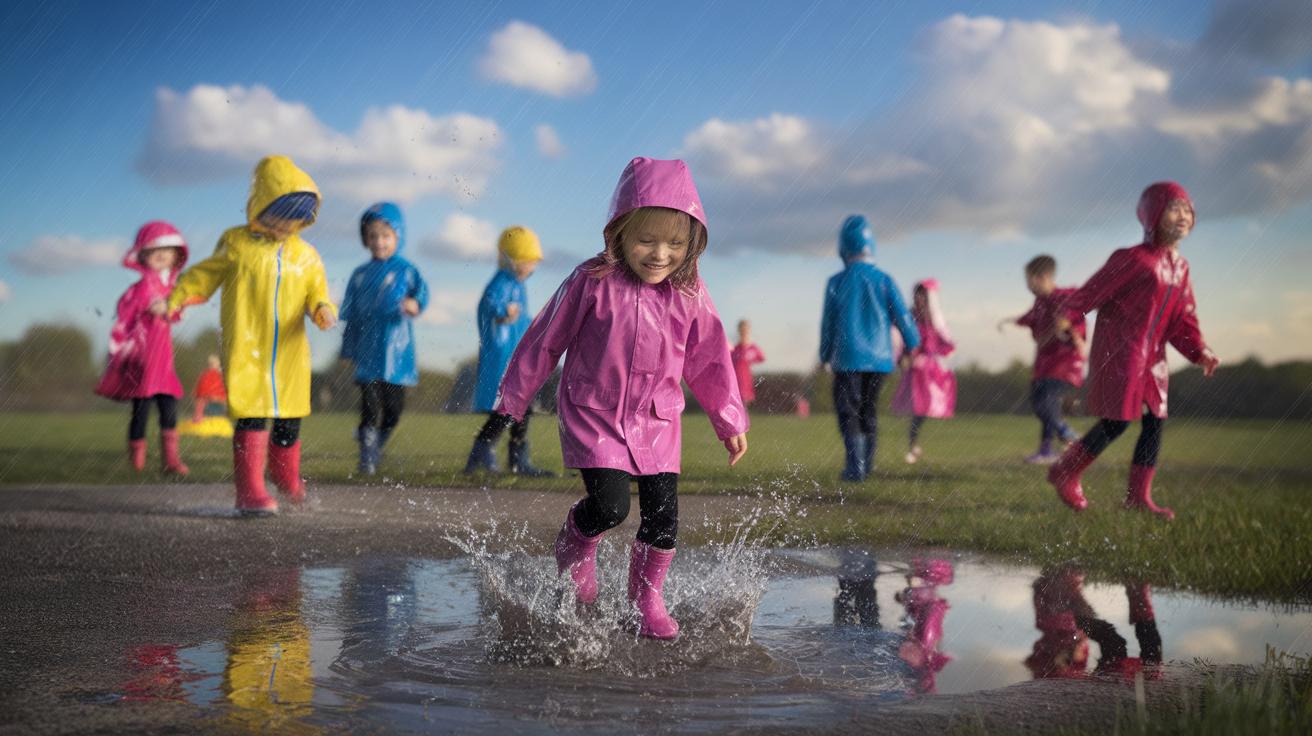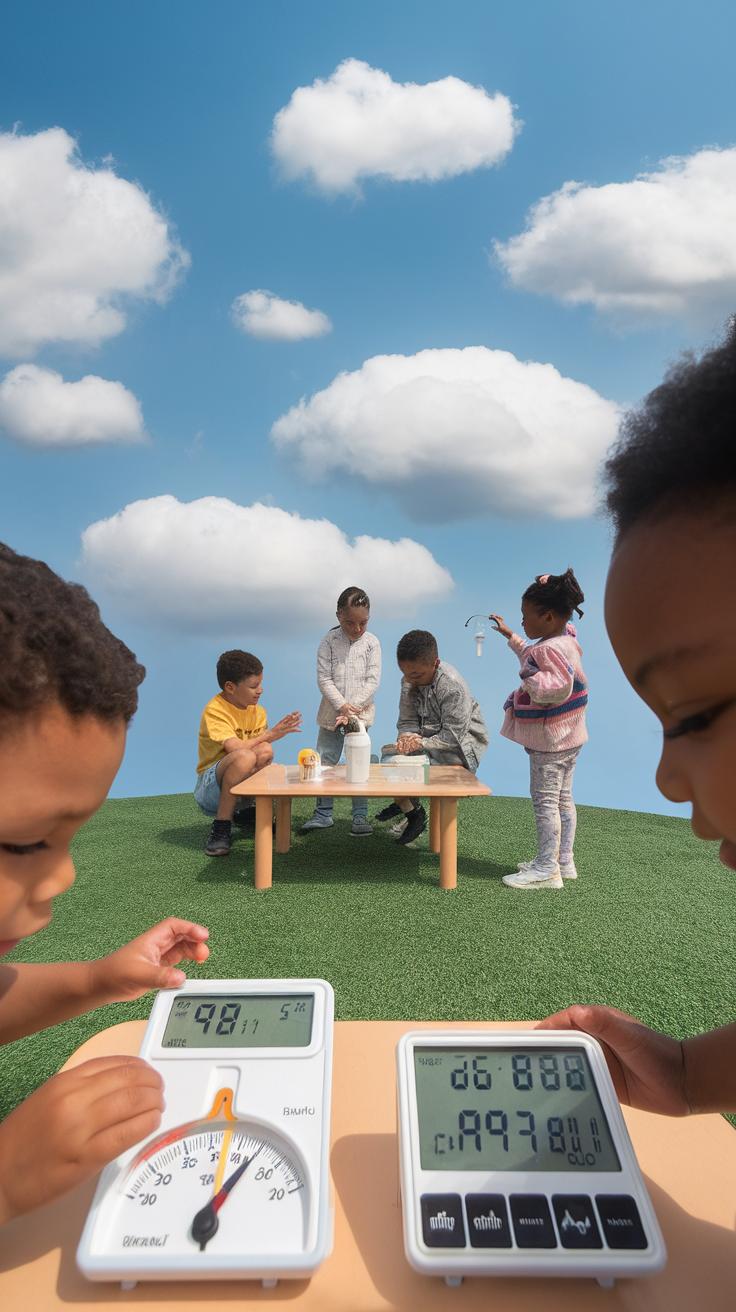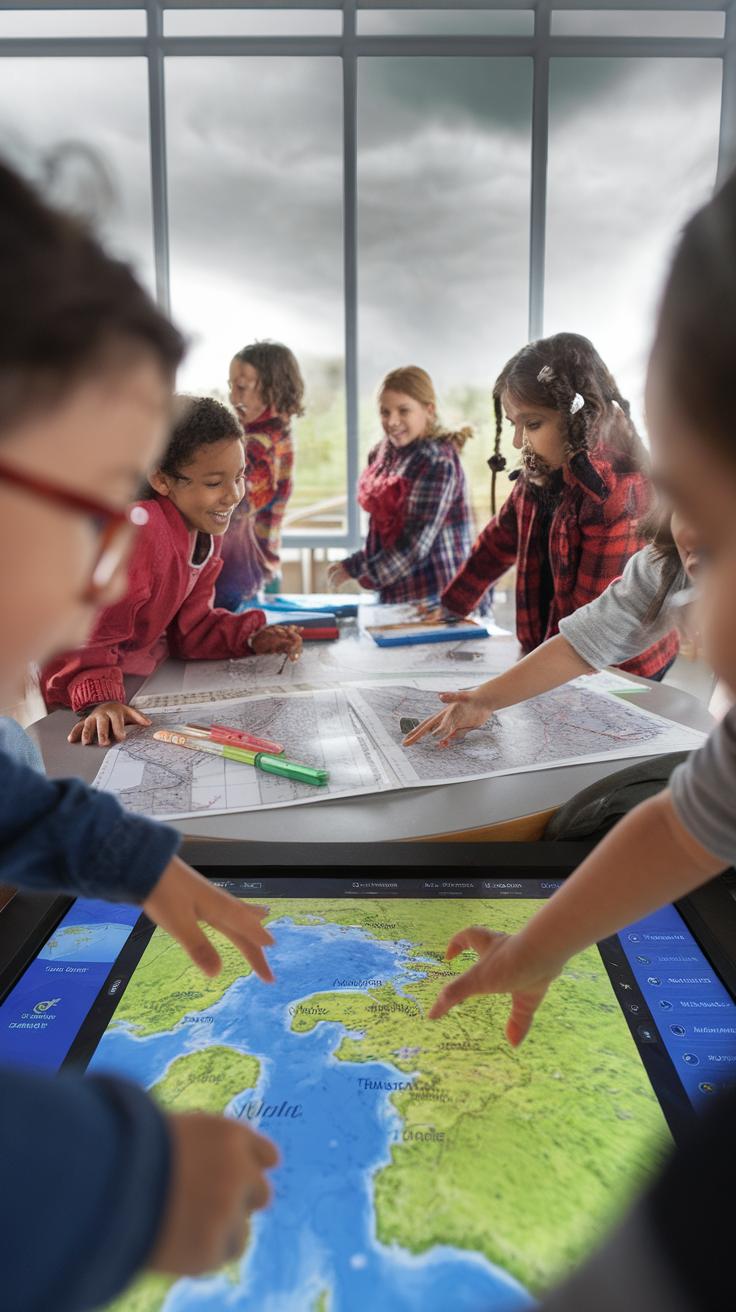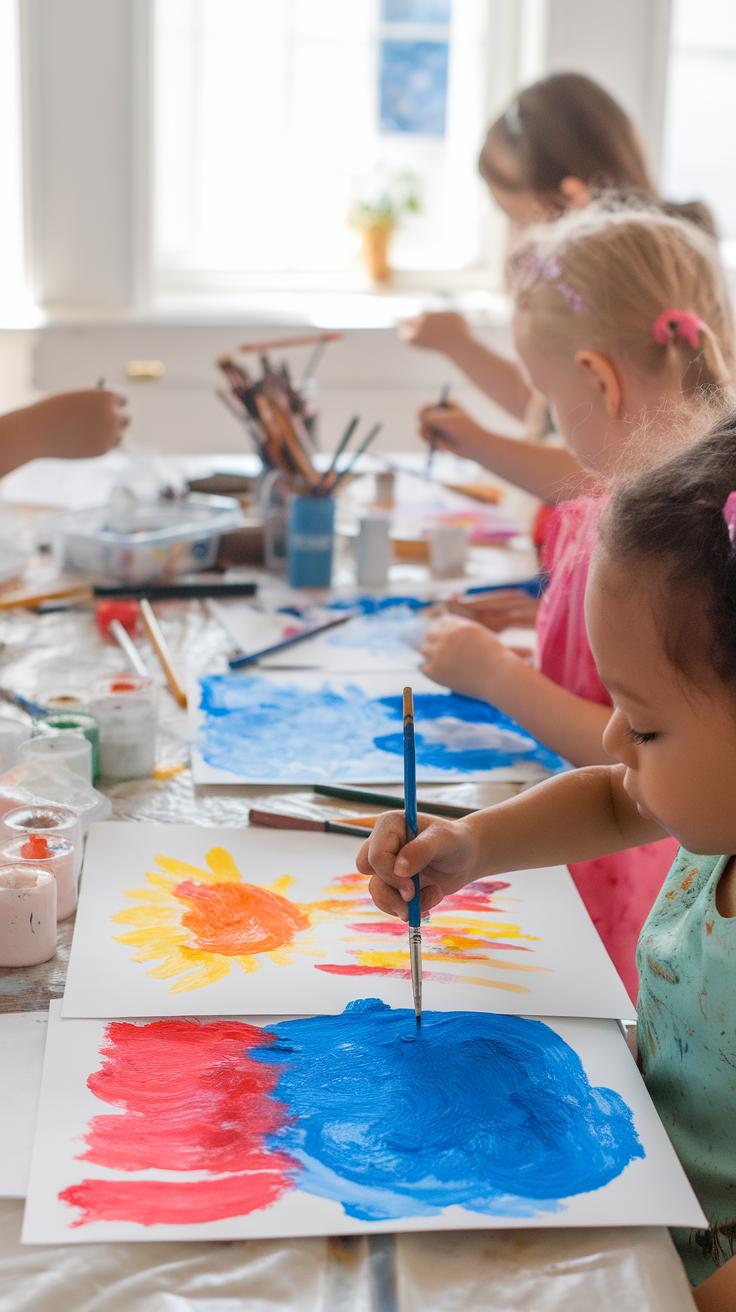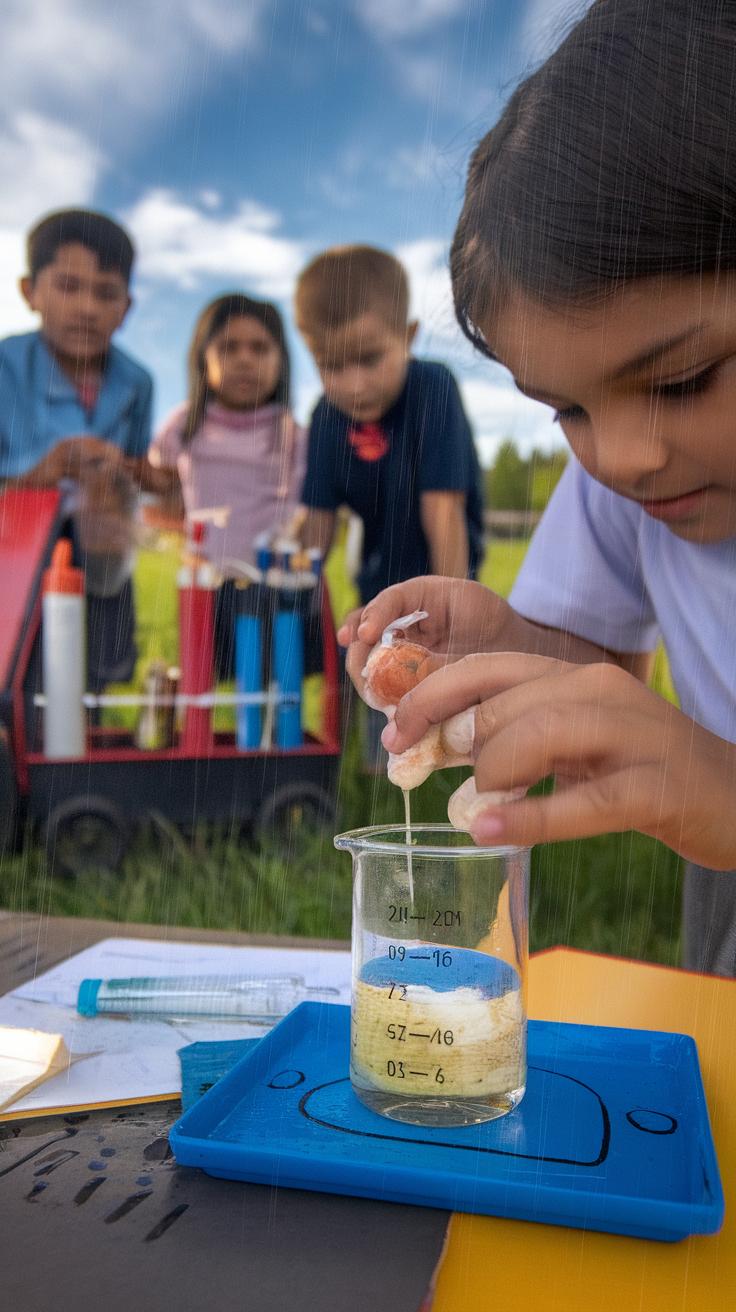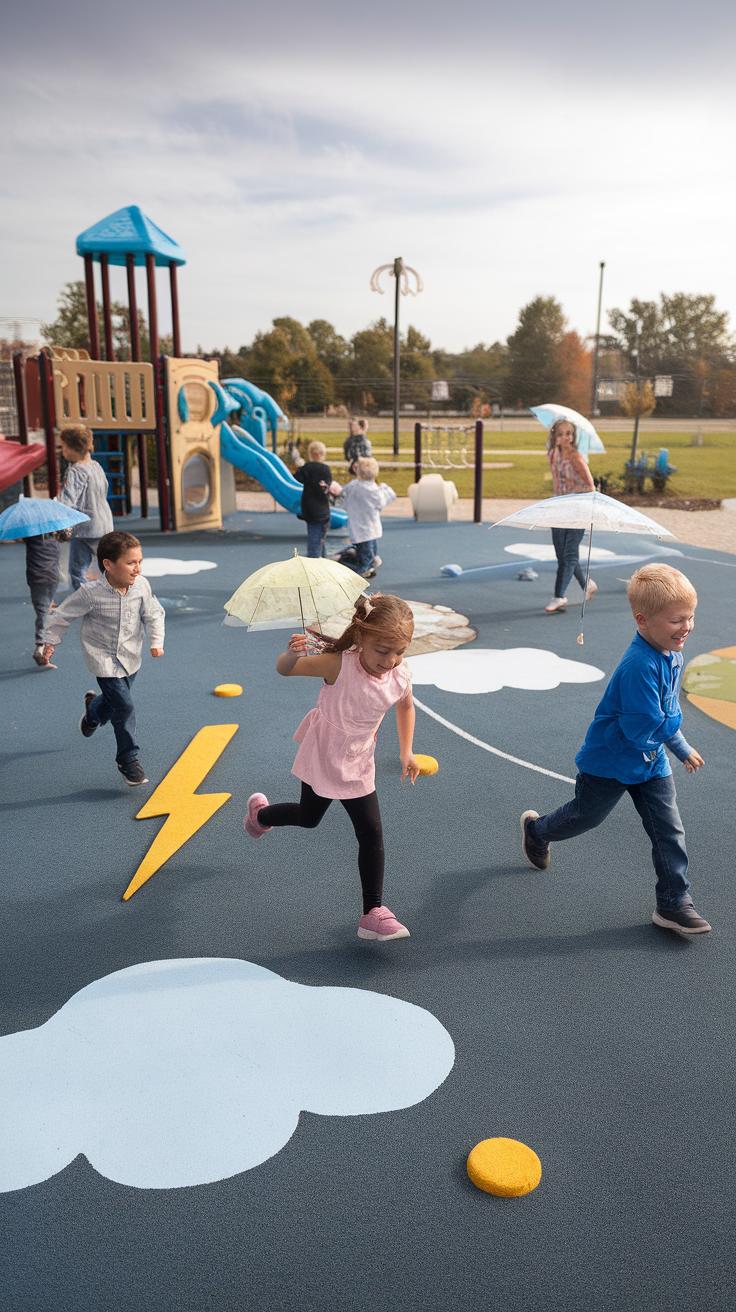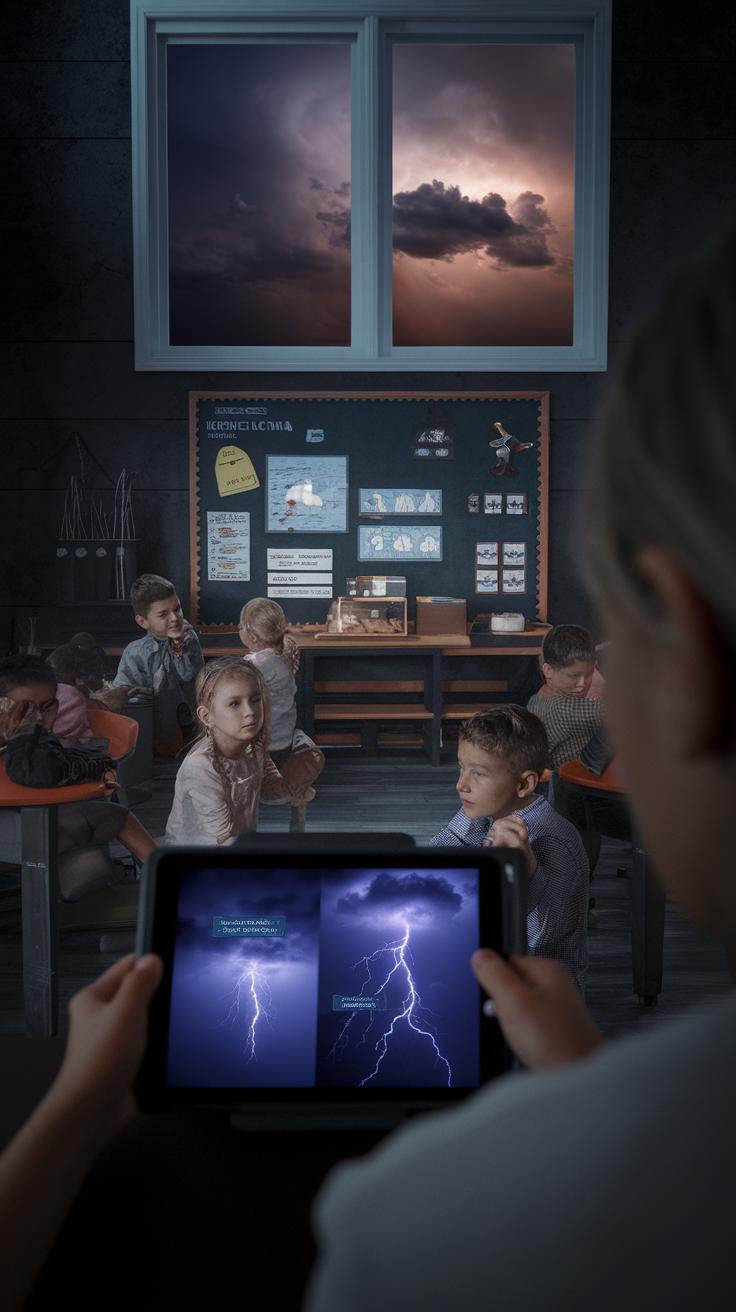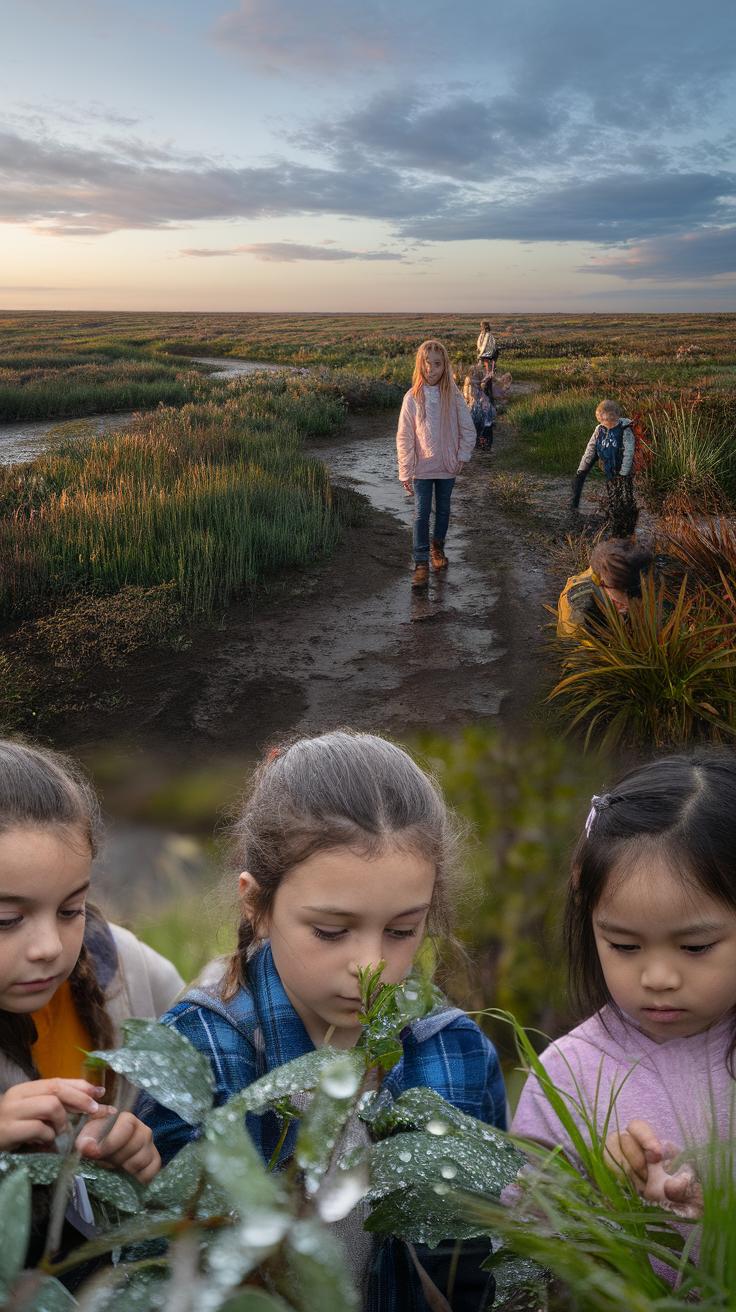Introduction
Weather affects our daily lives and understanding it can be fun, especially for kids. Engaging in weather activities allows children to explore various weather concepts while enjoying time outdoors or inside. From rain and snow to sunshine and clouds, each type of weather offers unique opportunities for hands-on activities. Weather-themed crafts, experiments, and games can reinforce learning and spark curiosity about the world around them.
In this article, we present a variety of exciting weather activities suitable for children. These activities promote exploration, creativity, and teamwork. Whether it’s a sunny day or a rainy afternoon, there’s something here for every weather condition. We’ll cover how to make simple crafts, conduct experiments, and enjoy games that all relate to weather. Let’s dive into the enjoyable aspects of weather for kids!
Understanding Weather Basics
Weather describes the daily conditions in the atmosphere. It includes temperature, which tells us how hot or cold it is, precipitation, which covers rain, snow, and other forms of moisture, and wind, which shows how air moves around us. Each of these elements plays a crucial role in our daily lives.
Learning about weather helps us understand the world. For example, temperature affects what clothes we wear. Precipitation can change plans for outdoor activities. Wind influences how we feel and even where we spend our time. By learning about weather, kids become prepared for different conditions, making it easier to plan outings or stay safe during storms. Understanding these basic concepts fosters curiosity and awareness of the natural world, making weather a fascinating topic for exploration.
Exploring Weather Patterns Engaging Kids in Weather Activities
Sunny Days
Sunny days create a vibrant and lively atmosphere, inviting outdoor activities. Kids can enjoy playing sports, flying kites, or having picnics in the park. Sunlight makes everything bright and encourages exploration in nature. Children can collect leaves, observe insects, or even start a small garden. These activities help them understand the joy of a sunny day while connecting with the environment.
Rainy Days
Rainy days bring a different kind of excitement. Kids can splash in puddles, use umbrellas, or create rain-themed art. Indoor experiments like making a rain gauge or conducting water cycle demonstrations can spark their curiosity about precipitation. Rain nourishes the earth, allowing kids to learn about how water influences plant growth and animal behavior.
Snowy Days
Snowy days transform the landscape into a winter wonderland. Kids can engage in snowball fights, build snowmen, or create snow angels. Learning about snowflakes by experimenting with freezing water can deepen their understanding of weather. While enjoying the snow, children can grasp how cold temperatures shape their surroundings and affect animals during winter.
Windy Days
Windy days provide a wonderful opportunity to observe the power of nature. Children can try to fly kites or make wind chimes. Scouts can experiment with how different objects react to the wind, teaching lessons about air pressure and movement. Understanding wind helps kids appreciate its role in weather patterns and the environment.
Stormy Days
Stormy days can be thrilling and educational. While staying safe indoors, kids can learn about thunderstorms through storytelling or watching educational videos. Simple experiments with static electricity can demonstrate principles behind lightning. Discussing safety measures during storms reinforces the importance of preparedness. Storms significantly impact ecosystems, and explaining this can enhance their understanding of natural phenomena.
Creative Weather Crafts
Weather-Inspired Activities
Kids can turn everyday materials into fun weather crafts that spark creativity. To make a simple rain cloud, gather cotton balls, blue construction paper, and glue. Shape the cloud by gluing the cotton balls together and use blue paper for raindrops. Hang this craft in a window to remind them of rainy days.
For a sunny day craft, use yellow and orange paper to create a sun. Cut out a large circle for the sun and add rays using strips of paper. Encourage them to decorate the sun with stickers or markers, highlighting their personal flair.
Wind-themed crafts can include a homemade wind sock. Use a paper towel roll, tissue paper, and ribbons. Decorate the roll and attach the ribbons at the bottom, then hang it outside. These crafts not only engage kids but also enhance their understanding of weather while allowing self-expression.
Fun Weather Experiments
Engaging Weather Science Activities
Conducting weather experiments can inspire excitement about science while helping kids learn about the natural world. One simple experiment involves creating a rain cloud in a jar. Use a clear jar filled with hot water and add shaving cream on top to represent the cloud. Slowly drizzle blue food coloring over the shaving cream, watching as it eventually seeps through, mimicking rain. This experiment illustrates how clouds form and how precipitation occurs.
An interesting experiment explores temperature by making a homemade barometer using a glass jar, a balloon, and a straw. Cut the balloon’s neck and stretch it over the jar’s opening, securing it tightly. Attach a straw to the balloon, pointing it upwards. As air pressure changes, kids can observe the straw’s movement. This hands-on project encourages observation and helps explain atmospheric pressure.
WeatherRelated Games Engaging Kids with Weather Concepts
Teamwork through Weather Games
Weather-themed games encourage kids to learn about weather patterns while promoting teamwork and physical activity. One popular game, “Weather Charades,” challenges players to act out different weather conditions such as rain, snow, or thunderstorms. Other players guess what they are performing. This activity helps children understand weather variations while having fun.
Another exciting game is “Weather Relay Races.” Set up different stations that represent various weather events, like windy conditions or a sunny day. Kids must complete tasks at each station, such as blowing a ball across a finish line to represent wind. These games not only teach weather concepts but also help develop team spirit, coordination, and creativity.
Learning through Movement
Incorporating weather elements into movement activities can keep kids engaged. “Cloud Tag,” for instance, allows one player to be “the storm” and other players “the clouds.” The storm tries to tag clouds, which must find shelter before getting caught. This game reinforces the idea of storm safety while allowing kids to run and play.
To explore seasons, organize a “Seasonal Scavenger Hunt.” Create clues related to seasonal weather traits, like finding items representing winter (snowflakes or pine cones) or summer (sunglasses or beach balls). This scavenger hunt promotes outdoor exploration and reinforces weather learning in a participatory way.
Understanding Severe Weather
Types of Severe Weather
Severe weather can be exciting yet scary. Thunderstorms usually bring heavy rain, loud thunder, and bright lightning. Rain falls quickly, and sometimes strong winds can knock down trees and power lines. Kids can enjoy watching clouds develop, but they should stay indoors during a storm.
Tornadoes represent a swirling column of air that reaches from a cloud to the ground. They form during severe thunderstorms and can cause damage in small areas. While tornadoes can look fascinating, understanding their power helps keep everyone safe. Always have a plan in case a tornado warning happens.
Hurricanes are large storms that form over warm ocean waters. They bring heavy rain, strong winds, and large waves. Hurricanes can last for days and impact areas with flooding. Learning about their paths helps communities prepare for safety measures. Understanding severe weather types can keep kids informed and calm during storms.
Connecting Weather to Nature How Weather Impacts Ecology
Understanding Weather’s Effects on Plants and Animals
Weather plays a vital role in shaping our natural world. Rainfall nourishes plants, allowing them to grow and produce oxygen. Different types of weather impact which plants can thrive in an area. For example, some plants love the heat, while others prefer cooler temperatures. Understanding these preferences helps kids appreciate biodiversity.
Animals react to weather changes too. Birds migrate based on seasonal patterns, while some animals hibernate during cold months. Teaching kids how weather affects animal behavior can spark interest in ecology. Engaging in discussions about how weather influences ecosystems can lead to excitement about conserving nature and its habitats. By observing these connections in real life, kids develop a deeper understanding of their environment.
Hands-On Activities to Explore Weather and Nature
Keen observers can participate in activities such as creating a rain gauge to measure precipitation or making simple weather charts noting animal behavior. Kids can plant seeds and track their growth in different weather conditions. They might also observe local wildlife, documenting changes during various seasons. These hands-on experiences make learning about weather and nature entertaining and educational.
Becoming a Young Meteorologist Encourage Kids to Observe the Weather
Inspire Curiosity About Weather Careers
Kids can develop a fascination with weather by observing daily changes in their environment. They can start by tracking weather conditions over a week, noting temperature, rainfall, or cloud types. Engage them with simple questions such as, “What kind of clouds are in the sky today?” or “How does humidity feel?” This practice encourages a sense of responsibility and enhances their observational skills.
Introduce children to various careers related to weather, such as meteorologists, climatologists, and environmental scientists. They might enjoy watching weather forecasts or reading books about famous storms and weather patterns. By fostering this interest, kids can discover opportunities for future learning. Connecting weather phenomena to real-world situations can ignite their passion for exploration and understanding.
Conclusions
Exploring weather activities provides a delightful way for kids to learn while having fun. Each activity encourages curiosity about different weather conditions and stimulates critical thinking. Kids can connect their experiences with real-world weather phenomena, making the learning process relatable and enjoyable.
Whether it’s creating a cloud in a jar, making a rain gauge, or organizing a weather scavenger hunt, these activities will foster a lasting interest in science. Encourage your children to embrace the weather, rain or shine, and watch them learn and grow through play and exploration.

